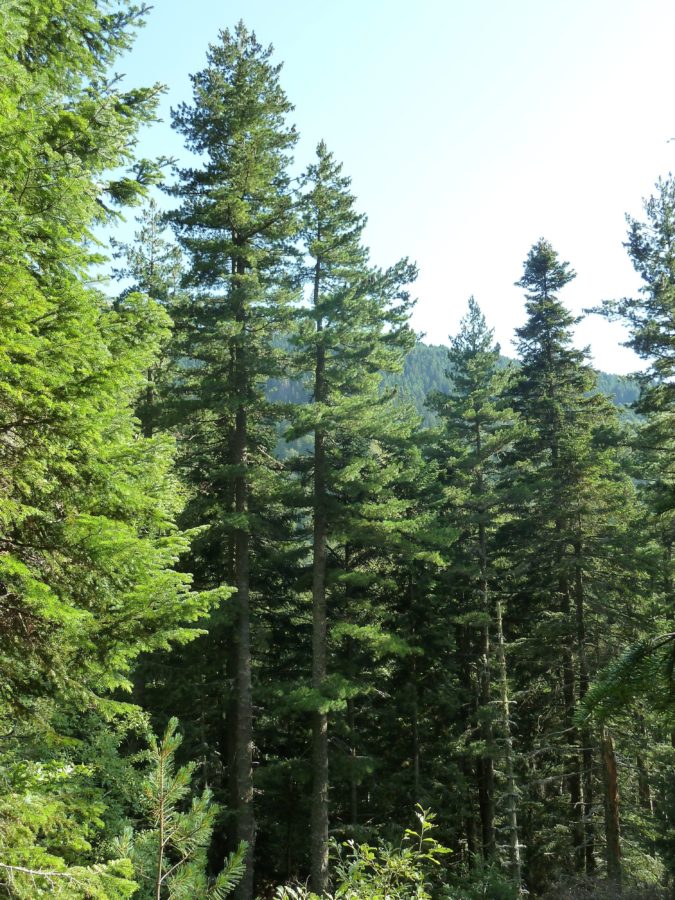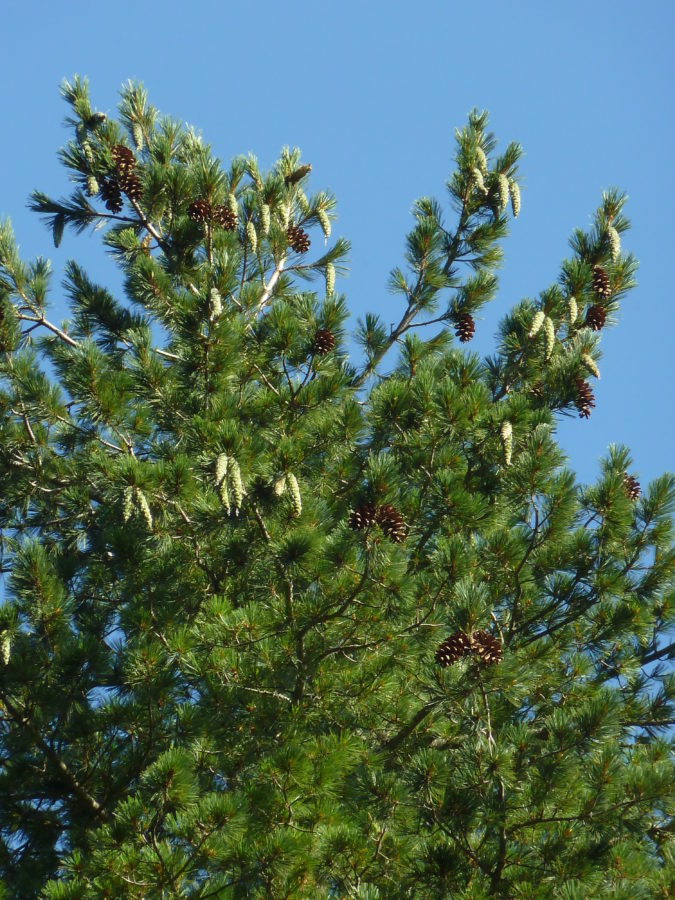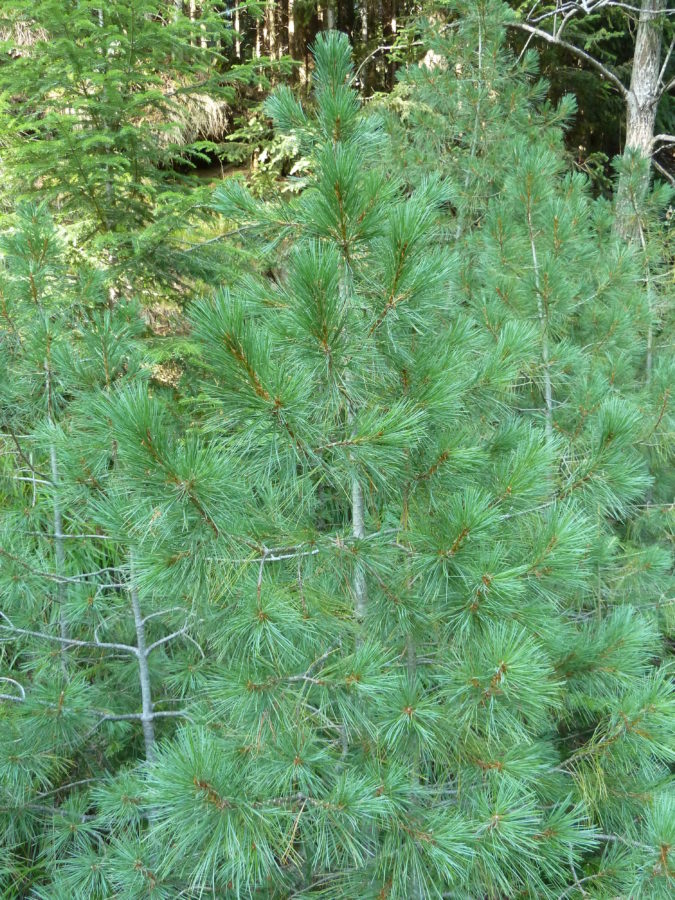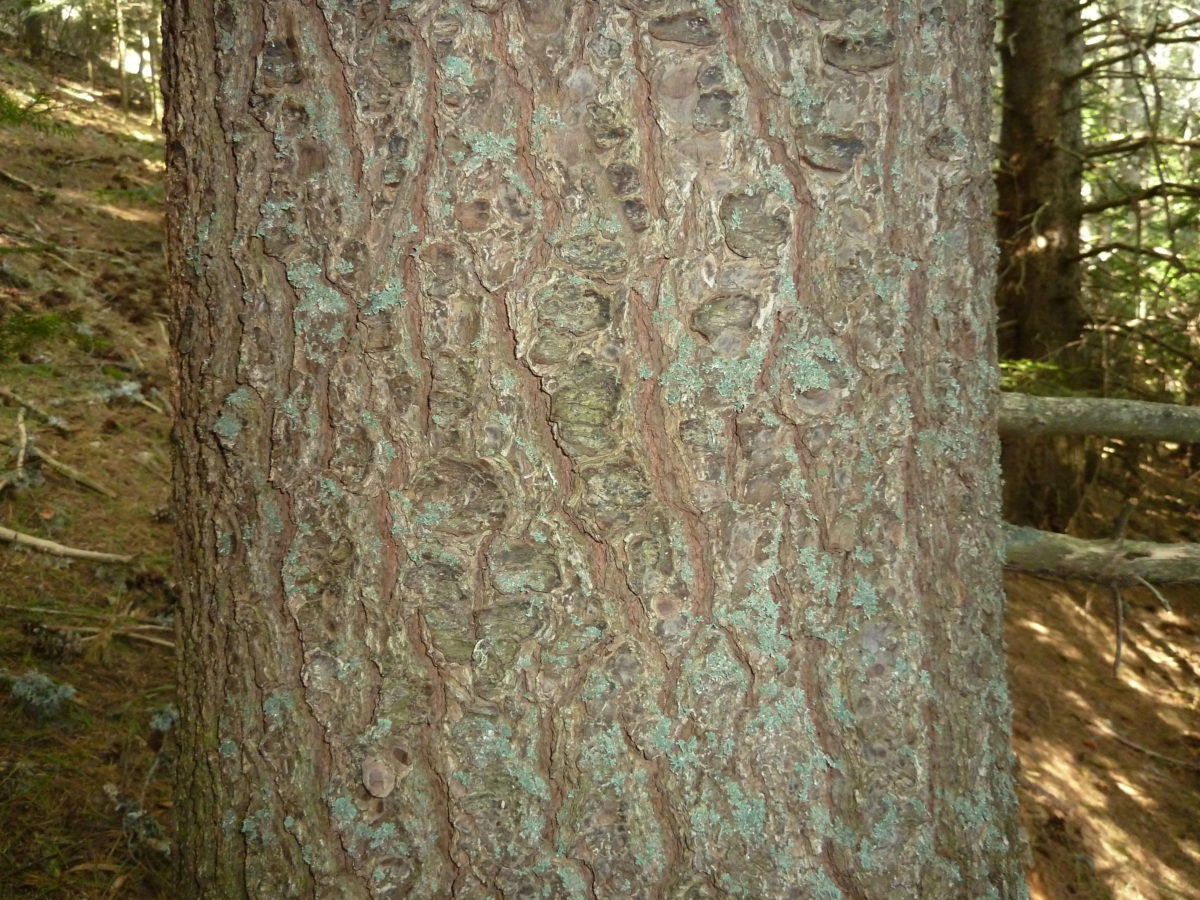Pinaceae
Pinus peuce
A high elevation species restricted to small areas of the Balkans. Its restricted range, coupled with the effects of limited past exploitation and its potential susceptibility to climate change mean that it is currently assessed as Near Threatened.
Human Uses
Balkan Pine produces soft light, very durable timber that is highly valued in construction, furniture production, wood carving and cooperage. Its resin is used in the chemical industry, optics and pharmacy. Traditional medicinal uses for the resin include dressing wounds and as a cure for skin and stomach disorders (Alexandrov and Andonovski 2011).
Due to its hardiness, wind firmness and snow resistance, Balkan Pine is favoured for afforestation work at high altitudes. In contrast with several other species, is resistant to the pathogenic fungus Cronartium ribicola (Basidiomycota) and hybrids may also become resistant to the disease. It has also been shown to be resistant to various types of beetles that effect white pines.
References and further reading
- Alexandrov, A. & V. Andonovski (2011) EURFORGEN Technical Guidelines for genetic conservation and use of Macedonian Pine (Pinus peuce). Biodiversity International, Rome, Italy 6pp
- Alexandrov, A., R. Dobrev, H. Tsakov (2004) Genetic and conservation research on Pinus peuce in Bulgaria. In: Sniezko, Richard A.; Samman, Safiya; Schlarbaum, Scott E.; Kriebel Howard B., (eds.) 2004. Breeding and genetic resources of five-needle pines growth, adaptability and pest resistance; 2001 July 23–27; Medford, OR, USA. IUFRO Working Party 2.02.15. Proceedings RMRS-P-32. Fort Collins, CO: U.S. Department of Agriculture, Forest Service, Rocky Mountain Research Station. 61-63 pp.
- Farjon, A. 2013. Pinus peuce. The IUCN Red List of Threatened Species 2013: e.T34193A2850246. http://dx.doi.org/10.2305/IUCN.UK.2013-1.RLTS.T34193A2850246.en.
- Meshinev, T., I. Apostolova & S. Koleva (2000) Influence of warming on timberline rising: a case study on Pinus peuce Griseb. in Bulgaria. Phytocoenologia 30(3-4):431-438.







